Marigolds are lovely and require only a little maintenance. In addition, they are not that selective when it comes to soil. But will marigolds even grow in clay soil? That particular question also got our attention, so we conducted thorough research to find the answer.
Marigolds can grow in most soils. Unfortunately, clay soil is not one of those primarily because clay soil is too heavy and doesn't drain well enough for marigolds to thrive.
Marigolds are great annual or perennial plants to add to your garden. Because of their colorful blooms, they can make your garden or yard full of life and vibrance. Please keep reading to learn how to grow and take care of marigolds. Doing so might also answer some of the questions running through your mind. Let's delve into the details!
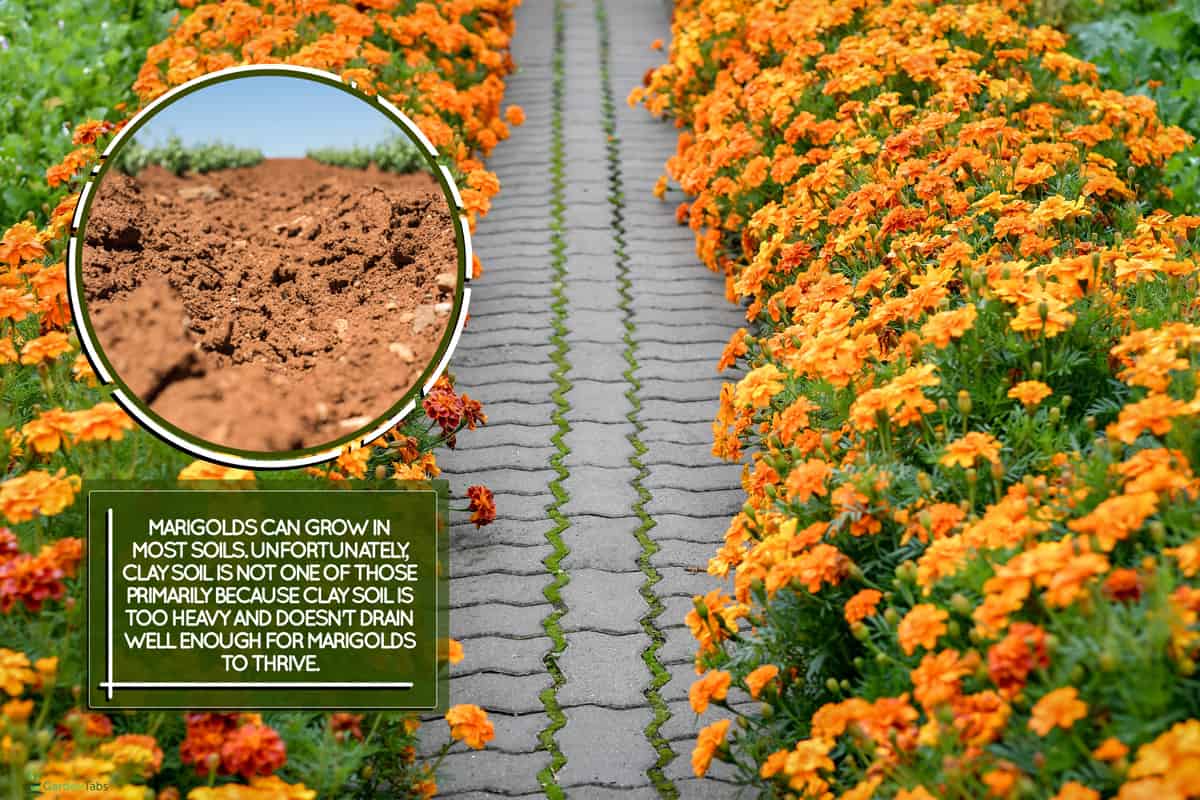
How To Properly Care For Marigolds
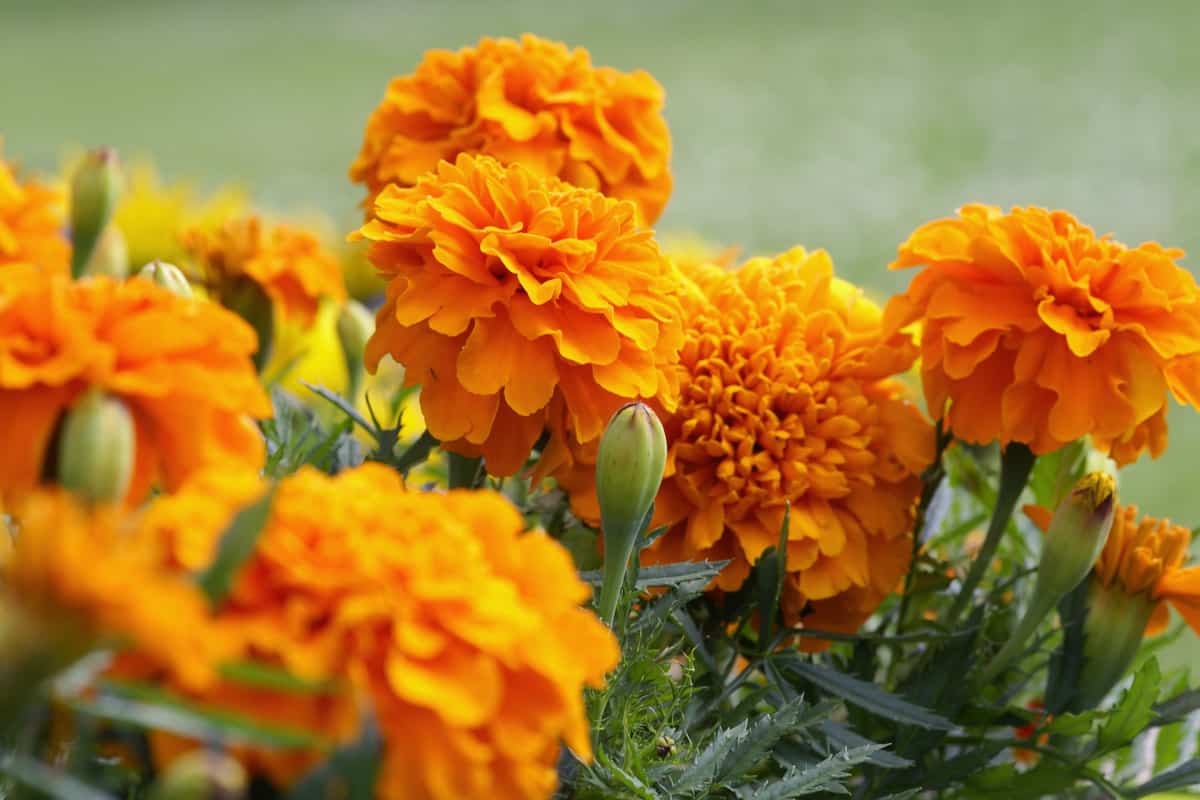
Marigolds will brighten any landscape by continually flowering long into the start of winter! But you'll want to properly care for them for the best results. Another unique feature of marigolds is that you can use them to naturally deter pests from attacking all the plants around your garden. So, read on to learn maridolds ideal growing conditions.
Use The Appropriate Soil
As mentioned, you shouldn't plant marigolds in clay soil because it can't drain water well. Furthermore, they can grow well in soil high in organic matter but thrive and bloom best in fertile loam.
A soil with a neutral pH level is ideal for marigolds, usually between 6.0 to 7.0. However, they can still thrive in soils that are a bit far from this measure.
Some marigolds require burying the stems a bit deeper than usual after removing some of the lower foliage. This approach makes the marigolds' root system develop deeper, reducing the need for staking the plant.
Water The Marigolds Sufficiently
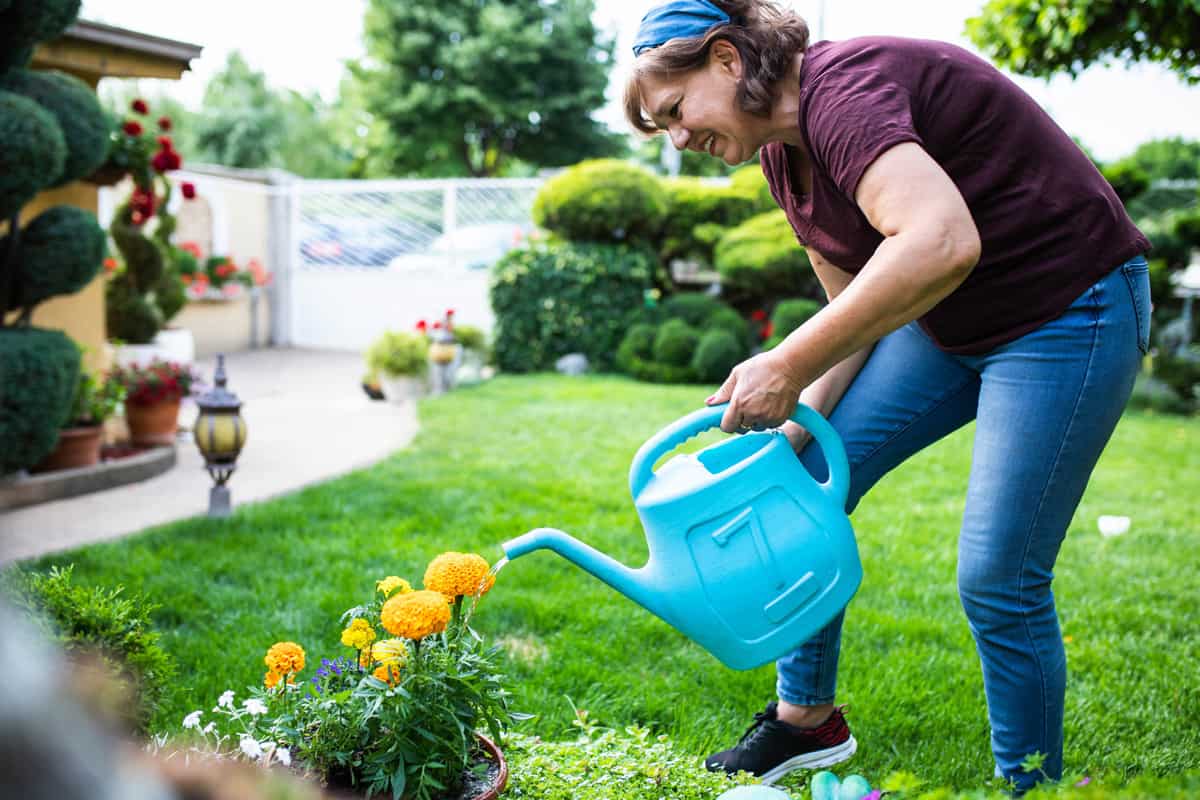
Ensure that the soil where you have planted your marigold seeds are continuously moist, but do not make it too saturated. You must keep in mind never to let its soil get dry.
It would be best to water new plants daily in the hot, sunny weather. And after they have had enough time to form a strong root system, expect that they can resist drought better. However, they will only produce their most fabulous flowers when provided with water once a week.
Give Adequate Sunlight
The ideal sunlight you should provide your marigolds is at least six hours of direct sunlight daily. Expect it to become wilted, leggy, or produce fewer flowers when grown under shade.
Feed With Fertilizer If Needed
Marigolds do not require fertilizer. You can only use such if you can't provide them with the soil type or pH level they need. And as mentioned earlier, deadhead them regularly to maintain their blossoming.
Observe Temperature And Humidity
Since marigolds love the sun that much, they can thrive even in the hottest summers. This plant is popular in USDA hardiness zones 2 to 11.
Although the flowering of this plant could slow down during the hottest part of the summer, especially in regions with scorching summers, it usually picks back up once the cooler autumn weather approaches.
Despite being able to thrive in various humid environments, marigolds are susceptible to powdery mildew during wet, humid summers. It would be best to consider the marigold's requirement for sunlight and allow the marigolds to have enough space for proper air circulation, as they thrive in arid conditions.
How To Grow Marigolds
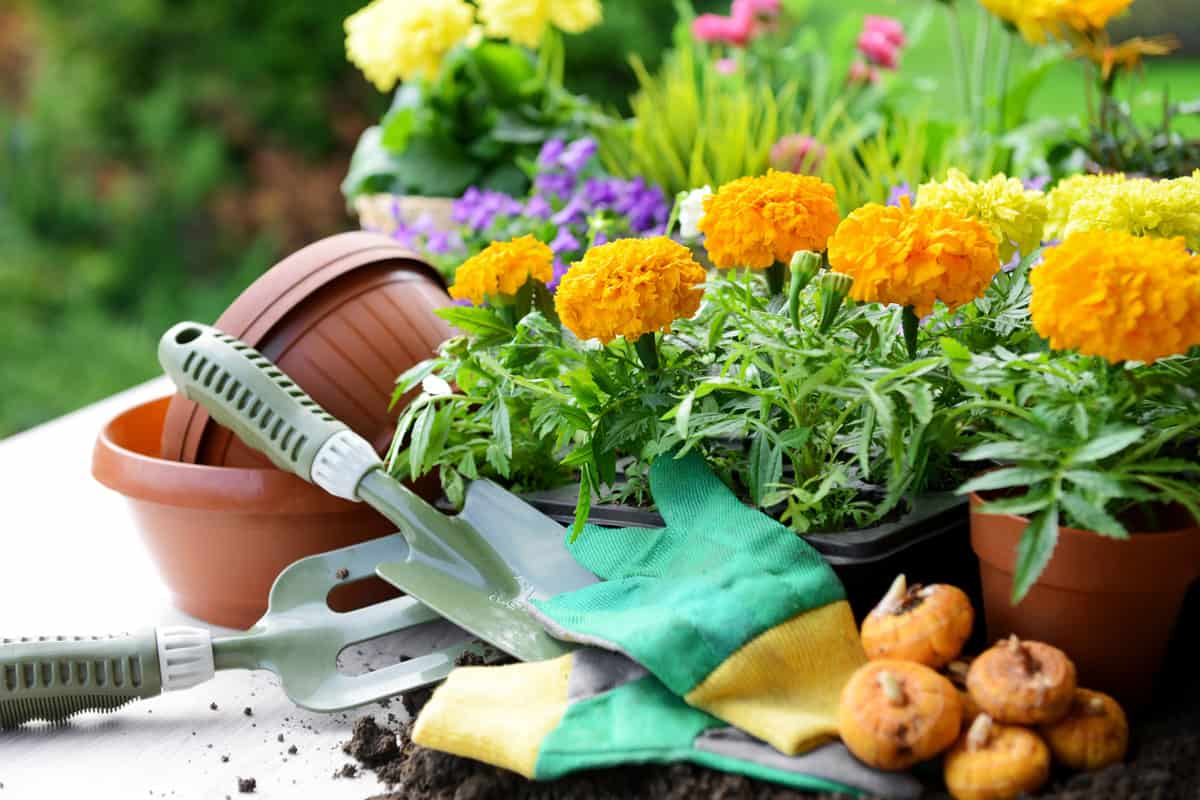
This plant is not fussy about its growth requirements, so you can quickly start developing it from seeds.
Although marigold seeds sprout fast when planted directly into garden soil, starting to grow them indoors six to eight weeks before your last frost date will yield the earliest flowers.
In addition, you might not need to plant any new marigolds at all if the ones you had last year are so successful at self-seeding. As mentioned, seeding marigold indoors is better. And to do it, all you need to do is:
- Prepare a tray or tiny container
- Fill it in with slightly wet potting soil.
- After that, sow the marigold seeds, but only on the soil's surface.
- Get vermiculite and lightly cover the marigold seeds with it.
- Once you finish spreading a thin layer of vermiculite, it would be best to lay plastic on the tray to cover it.
- The last step in germination is to place the tray in a warm spot. However, ensure that no direct sunlight will reach it until you see sprouts.
You must wait for at least four days before detaching the tray's plastic covering. And once that day arrives, you should also place the tray in an area that receives at least six hours of sun. Alternatively, you can use artificial light if the former is not attainable.
In addition, maintain slightly wet soil, and ensure it never gets waterlogged. And you have to keep in mind that the proper watering of marigolds is to let water absorb from below to prevent encouraging fungus at the top of the potting soil.
Lastly, once the frost has passed and you notice the leaves appearing on the marigold seeds, you can transfer them outside.
Click here to check out this vermiculite on Amazon.
How To Prune Marigolds
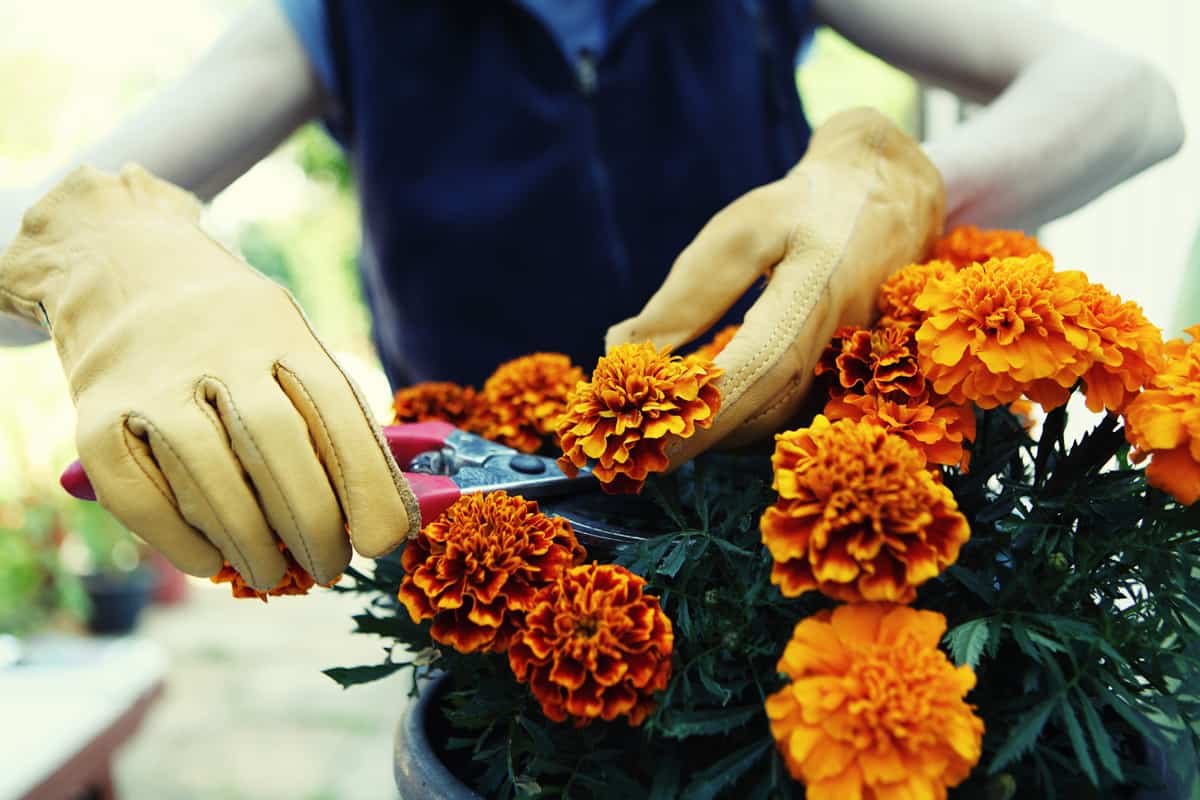
The technique to allow marigolds to produce numerous and more flowers is to pinch off their buds before they open fully. And by frequently removing the plant's dead flowers or "deadheading," you can encourage continued blooming well into the fall season.
How To Propagate Marigolds
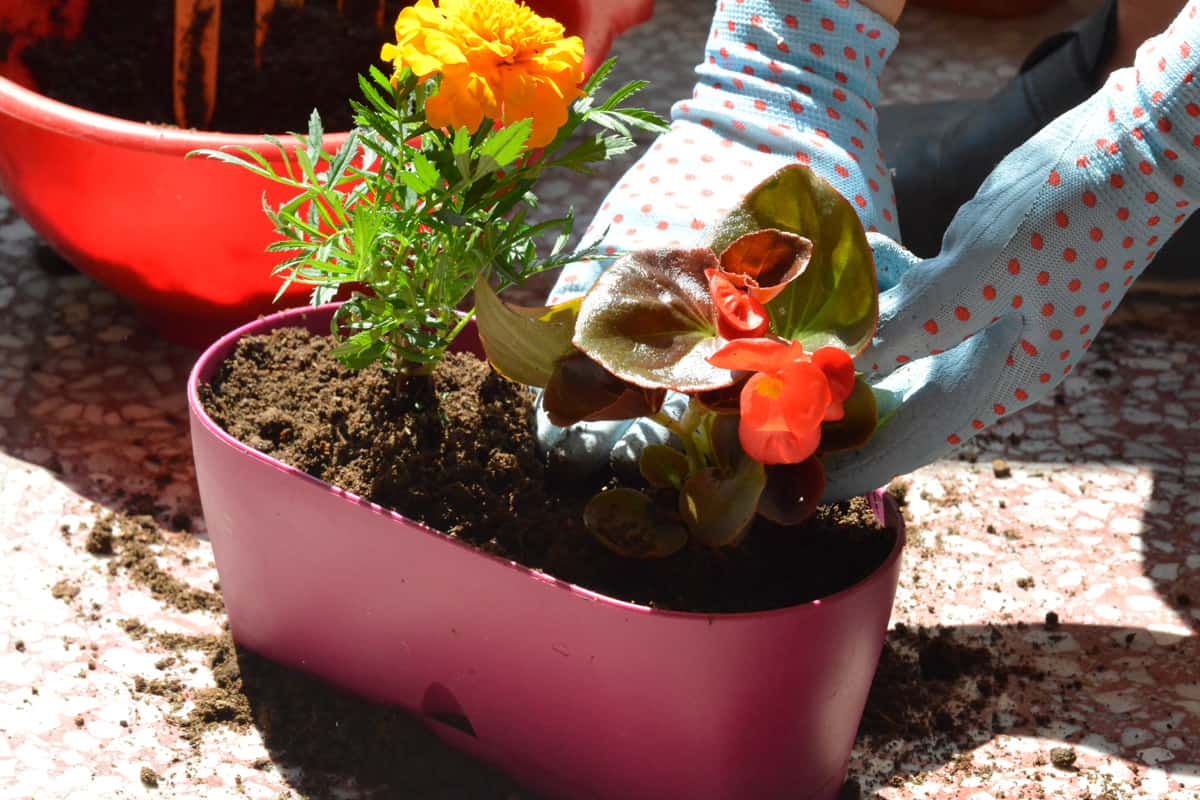
Aside from producing numerous marigolds using seeds, you can also do another approach using their stems. You can do it as easy as the following:
- Check your marigolds. Look for a pliable green stem that you can use for propagating.
- With a pruning shear, cut sections of 4-inch-long. Those without flowers or buds are advisable.
- Remove the foliage at the bottom of the cutting and the buds and flowers, if there are still any.
- Prepare the rooting hormone, then submerge the cutting.
- Prepare a small container and fill it in with a seed starter mix. You can also do a DIY mix using perlite, sand, and potting soil.
- Plant the cutting into the container at a depth of at least two inches.
- Ensure that you have placed the cutting properly, and tamp it down to secure it.
- Water the potting mix just enough to let the soil dampen.
- Get a plastic bag and put the container inside. Tie it loosely. This step is how to make an alternative for a legit greenhouse.
- Put the container in a warm area. However, ensure that sunlight won't reach it.
- Moisten the soil every five days.
- After a few weeks, you'll notice that the cutting has produced roots. In this case, you should transfer it to a bigger container and use commercial potting soil.
- Lastly, plant it in the garden once you see that it has already established itself.
Click here to check out this rooting hormone on Amazon.
How To Overwinter Marigolds
Marigolds can be easily uprooted and thrown away when they succumb to the cold.
It would be best to let a few marigolds to self-seed in your yard or garden. Good thing that birds can help marigolds in self-seeding. Although they rarely consume the seeds, it is indeed helpful every time they pull and rip the flower heads apart.
What Are The Issues That Usually Affect Marigolds
Aside from the infection of powdery mildew and infestations of slugs, there are still other problems that a marigold can encounter, and they are:
Young Plants Fail To Thrive Soon After Germination
Propagating marigold seeds is straightforward. But there is a problem most gardeners encounter with this method. And that is when the marigold seeds are just beginning to sprout, they die off too soon.
"Damping off disease," which is because of a wide variety of fungi, is what you call this situation. There is currently no treatment for damping off disease, but you can avoid it by following a few simple guidelines:
- provide the marigold seeds enough space for them to have proper air circulation
- ensure that the potting mix you use is sterile
- as advised, it would be best to moisten the soil at the bottom instead at the top
- use only clean pots or containers
- placing the tray of seeds in a warm spot can reduce the infection of fungi since they love cold environments
Marigolds Tend To Fall Off
Marigolds over three feet can fall off because of rain and wind. As mentioned above, you can plant the stem a bit deeper than normal after removing some of the lower foliage. This method encourages a more substantial root system, reducing the frequency of falling off and the need for staking.
Marigolds Get Frail In Midsummer
Midsummer heat can cause marigolds to produce fewer flowers. Those planted in extremely hot climates are at a higher risk for this. In this case, you must perform severe marigold pruning just as these hot spells start.
No worries since a robust recovery will occur nearing summer's end, and you'll see flowers again once autumn arrives.
Check out this pruning shear on Amazon.
In Conclusion
The key to remember when choosing soil for a marigold is to ensure that it is well-draining. However, since marigolds are not choosy in soil, we should say that the only soil you must avoid is clay. Aside from the fact that it doesn't drain well, it is too heavy for your marigold seeds.
Thanks for reading! We hope this post answers all of your questions. But if you still have additional concerns, please feel free to reach out in the comments. We'd love to hear from you! And if you wish to continue reading, you can check these related posts out!
Where Are Marigolds Native To? [Breakdown By State]



